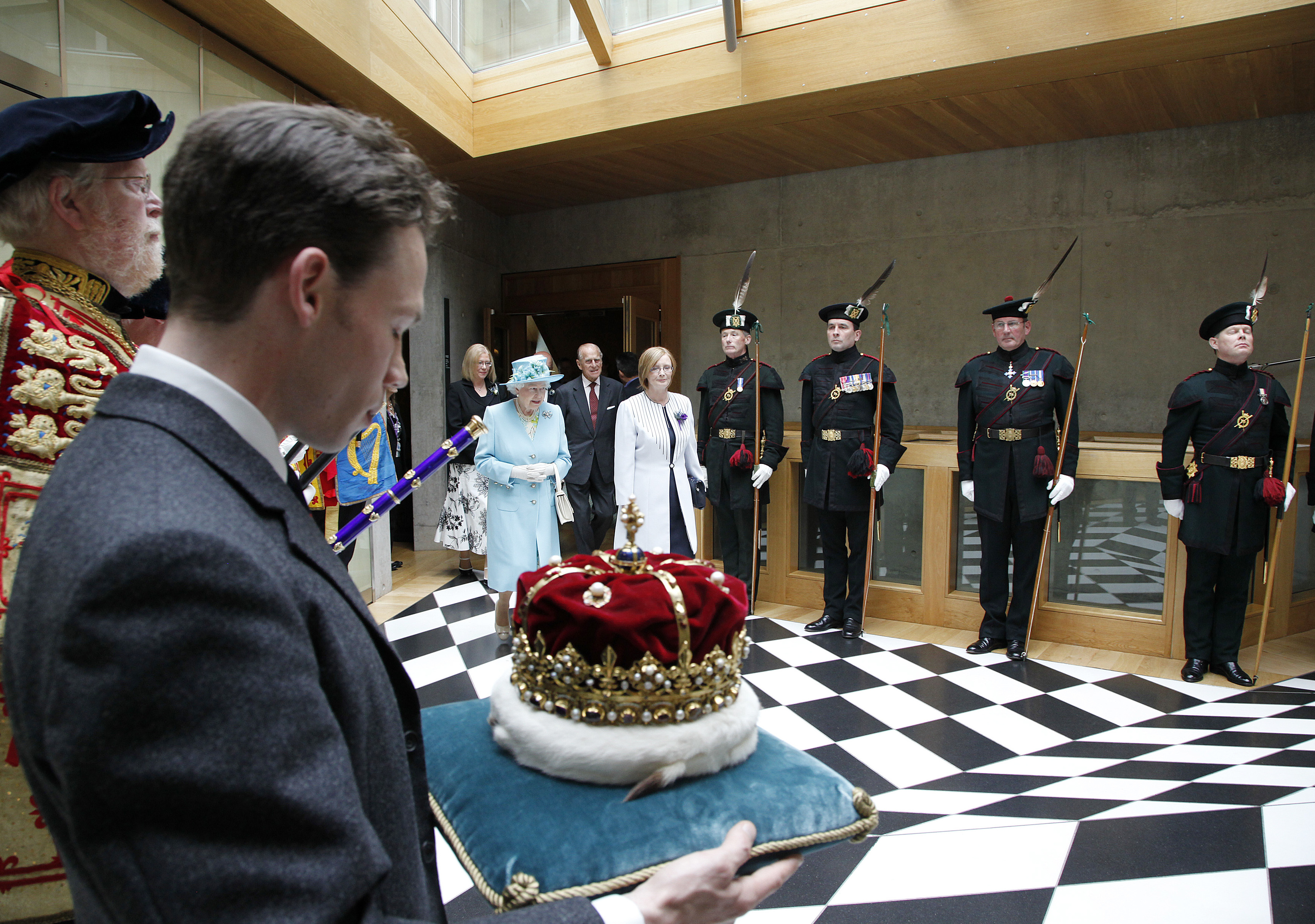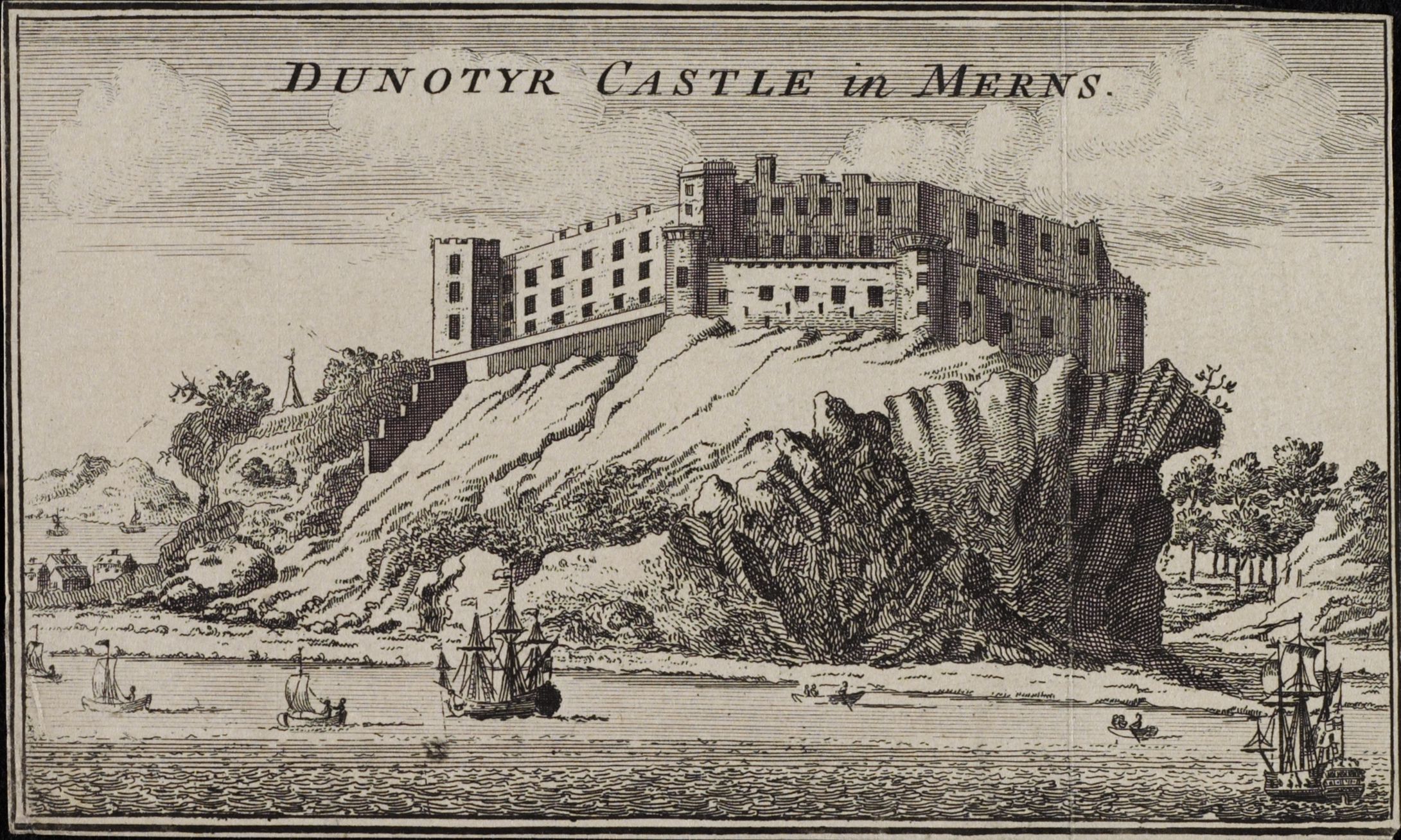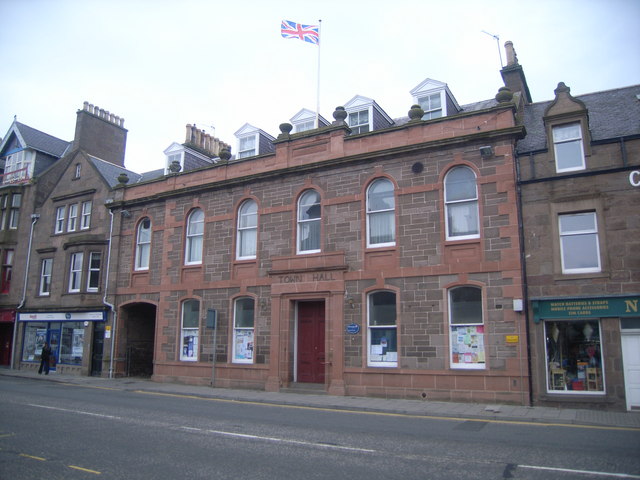|
Kinneff
Kinneff is a roadside hamlet in Aberdeenshire, Scotland, just north of Inverbervie.Kinneff. . To the north lies another hamlet, Catterline. Kinneff also has a primary school. History Kinneff Old Kirk is famous as the site where the were hidden by[...More Info...] [...Related Items...] OR: [Wikipedia] [Google] [Baidu] |
Kinneff Old Kirk Today
Kinneff is a roadside hamlet in Aberdeenshire, Scotland, just north of Inverbervie.Kinneff. . To the north lies another hamlet, . Kinneff also has a . History Kinneff Old Kirk is famous as the site where the were hidden by[...More Info...] [...Related Items...] OR: [Wikipedia] [Google] [Baidu] |
Arbuthnott, Bervie And Kinneff Church
Arbuthnott, Bervie and Kinneff Church (known as ABK Church) is a Christian community in the south of Aberdeenshire. It includes the town of Inverbervie, the villages of Catterline, Gourdon and Kinneff in addition to the area of Arbuthnott. Formation Originally the three churches were entirely separate parishes, however Arbuthnott and Bervie have shared a minister before having a joint Kirk Session in the last decade. Kinneff was linked with Stonehaven South Parish Church before joining Arbuthnott and Bervie in order for Stonehaven South Parish Church to be linked with Stonehaven Dunnottar Parish Church. From 2007 to June 2009 Georgie Baxendale was the minister of the parish. The minister from 2010 to 2016 was Dennis Rose. On 7 March 2019, Andrew Morrison was ordained and inducted into the parish at the age of 27, making him the third youngest minister of the Church of Scotland. Arbuthnott Church Located in the estate of Arbuthnott, the church is one of the oldest churche ... [...More Info...] [...Related Items...] OR: [Wikipedia] [Google] [Baidu] |
Christian Fletcher
Christian Fletcher, Lady Abercrombie (1619 or 1620 – February 1691), was a Scottish minister's wife who helped save the Honours of Scotland from Cromwell's troops during the English invasion of Scotland. She was married from 1642 to James Granger (or Grainger), the Presbyterian minister of Kinneff Church. In 1651, the Honours were kept at Dunnottar Castle, but they had to be removed as the castle was about to be surrendered to the English. The different parts were delivered on three occasions to the care of Fletcher, who buried them in Kinneff church. There are different versions of exactly how they were smuggled out of the castle and taken to Kinneff. In 1661, Parliament awarded Fletcher 2,000 merks in recognition of her service. She married James Sandilands, 1st Lord Abercrombie, in 1663. See also * Charles II's coronation at Scone Abbey on 1 January 1651 References Further reading * * * * * Availablonlineat the Walter Scott Digital Archive. * * * * * *''The recor ... [...More Info...] [...Related Items...] OR: [Wikipedia] [Google] [Baidu] |
Honours Of Scotland
The Honours of Scotland (, gd, Seudan a' Chrùin Albannaich), informally known as the Scottish Crown Jewels, are the regalia that were worn by Scottish monarchs at their coronation. Kept in the Crown Room in Edinburgh Castle, they date from the 15th and 16th centuries, and are the oldest surviving set of crown jewels in the British Isles. The Honours were used together for the coronation of Scottish monarchs from Mary, Queen of Scots in 1543 until Charles II in 1651. From the Union of the Crowns in 1603 until the Union of 1707, the Honours were taken to sittings of the Parliament of Scotland to signify the monarch's presence. The Sceptre was used to touch the printed copies of Acts of Parliament to signify Royal Assent. Following the Union of 1707, the Honours were locked away in a chest in Edinburgh Castle and the Crown Jewels of England continued to be used by British monarchs as the Crown Jewels of the United Kingdom. The Honours were rediscovered in 1818 and have been o ... [...More Info...] [...Related Items...] OR: [Wikipedia] [Google] [Baidu] |
Dunnottar Castle
Dunnottar Castle ( gd, Dùn Fhoithear, "fort on the shelving slope") is a ruined medieval fortress located upon a rocky headland on the north-eastern coast of Scotland, about south of Stonehaven. The surviving buildings are largely of the 15th and 16th centuries, but the site is believed to have been fortified in the Early Middle Ages. Dunnottar has played a prominent role in the history of Scotland through to the 18th-century Jacobite risings because of its strategic location and defensive strength. Dunnottar is best known as the place where the Honours of Scotland, the Scottish crown jewels, were hidden from Oliver Cromwell's invading army in the 17th century. The property of the Keiths from the 14th century, and the seat of the Earl Marischal, Dunnottar declined after the last Earl forfeited his titles by taking part in the Jacobite rebellion of 1715. The castle was restored in the 20th century and is now open to the public. The ruins of the castle are spread over , s ... [...More Info...] [...Related Items...] OR: [Wikipedia] [Google] [Baidu] |
Inverbervie
Inverbervie (from gd, Inbhir Biorbhaidh or ''Biorbhaigh'', "mouth of the River Bervie") is a small town on the north-east coast of Scotland, south of Stonehaven. Etymology The name ''Inverbervie'' involves the Gaelic ''Inbhir Biorbhaigh'', meaning "mouth of Bervie Water". Historic forms, such as ''Haberberui'' from 1290, demonstrate that Gaelic ''inbhir'', "estuary", has succeeded the original Brittonic element ''aber'', with the same meaning (c.f. Welsh ''aber''). History Inverbervie appears in written history at least as far back as the 12th century AD; in a document relating to Arbroath Abbey, Simon of Inverbervie is noted as having witnessed a charter transferring the lands of Balfeith to the Abbey. The settlement was formerly a royal burgh from 1342 to 1975 and a parliamentary burgh from 1708 to 1950, the former status being conferred by David II of Scotland for hospitality he and his Queen received when shipwrecked there the previous year when returning from exil ... [...More Info...] [...Related Items...] OR: [Wikipedia] [Google] [Baidu] |
Arbuthnott
Arbuthnott ( gd, Obar Bhuadhnait, "mouth of the Buadhnat") is a village and parish in the Howe of the Mearns, a low-lying agricultural district of Aberdeenshire, Scotland. It is located on the B967, east of Fordoun (on the A90) and north-west of Inverbervie (on the A92). The nearest railway station is Laurencekirk. The most salient feature of the village is the 13th century Parish Church of St Ternan, in which the Missal of Arbuthnott was written. Today the church is part of the combined parish of Arbuthnott, Bervie and Kinneff. Lewis Grassic Gibbon, an author remembered for his novels about life in the Mearns, grew up at Bloomfield in the parish of Arbuthnott. A small museum in the village is dedicated to him, named the Lewis Grassic Gibbon Centre. This is built as an extension to the village hall, and contains an exhibition about the author and his work. The centre also contains a cafe, and post office facilities. Arbuthnott House, the seat of the Viscount of Arbuth ... [...More Info...] [...Related Items...] OR: [Wikipedia] [Google] [Baidu] |
Catterline
Catterline is a coastal village on the North Sea in Aberdeenshire, Scotland. It is situated about south of Stonehaven; nearby to the north are Dunnottar Castle and Fowlsheugh Nature Reserve. Other noted architectural or historic features in the general area include Fetteresso Castle, Fiddes Castle, Chapel of St. Mary and St. Nathalan and Muchalls Castle.Archibald Watt, ''Highways and Byways Around Kincardineshire'', The Stonehaven Heritage Society (1985) Vicinity prehistory Prehistoric features in the local area include Bronze Age archaeological recoveries at Fetteresso, Dunnottar and Spurryhillock. Notable inhabitants The artist Joan Eardley lived in the village in the 1950s up until her death in 1963. Many of her wild seascapes were painted here. The painter James Morrison also lived and worked in Catterline in the late 1950s, before moving to Montrose. Scottish-Canadian communist politician Tom McEwen was a resident of Catterline between 1900 and 1904. Local med ... [...More Info...] [...Related Items...] OR: [Wikipedia] [Google] [Baidu] |
Stonehaven
Stonehaven ( , ) is a town in Scotland. It lies on Scotland's northeast coast and had a population of 11,602 at the 2011 Census. After the demise of the town of Kincardine, which was gradually abandoned after the destruction of its royal castle in the Wars of Independence, the Scottish Parliament made Stonehaven the successor county town of Kincardineshire. It is currently administered as part of the unitary authority of Aberdeenshire. Stonehaven had grown around an Iron Age fishing village, now the "Auld Toon" ("old town"), and expanded inland from the seaside. As late as the 16th century, old maps indicate the town was called ''Stonehyve'', ''Stonehive'', Timothy Pont also adding the alternative ''Duniness''. It is known informally to locals as ''Stoney''. Pre-history and archaeology Stonehaven is the site of prehistoric events evidenced by finds at Fetteresso Castle and Neolithic pottery excavations from the Spurryhillock area. In 2004, archaeological work by CFA ... [...More Info...] [...Related Items...] OR: [Wikipedia] [Google] [Baidu] |
Gazetteer For Scotland
The ''Gazetteer for Scotland'' is a gazetteer covering the geography, history and people of Scotland. It was conceived in 1995 by Bruce Gittings of the University of Edinburgh and David Munro of the Royal Scottish Geographical Society, and contains 25,870 entries as of July 2019. It claims to be "the largest dedicated Scottish resource created for the web". The Gazetteer for Scotland provides a carefully researched and editorially validated resource widely used by students, researchers, tourists and family historians with interests in Scotland. Following on from a strong Scottish tradition of geographical publishing, the ''Gazetteer for Scotland'' is the first comprehensive gazetteer to be produced for the country since Francis Groome's '' Ordnance Gazetteer of Scotland'' (1882-6) (the text of which is incorporated into relevant entries). The aim is not to produce a travel guide, of which there are many, but to write a substantive and thoroughly edited description of the ... [...More Info...] [...Related Items...] OR: [Wikipedia] [Google] [Baidu] |
Primary School
A primary school (in Ireland, the United Kingdom, Australia, Trinidad and Tobago, Jamaica, and South Africa), junior school (in Australia), elementary school or grade school (in North America and the Philippines) is a school for primary education of children who are four to eleven years of age. Primary schooling follows pre-school and precedes secondary schooling. The International Standard Classification of Education considers primary education as a single phase where programmes are typically designed to provide fundamental skills in reading, writing, and mathematics and to establish a solid foundation for learning. This is ISCED Level 1: Primary education or first stage of basic education.Annex III in the ISCED 2011 English.pdf Navigate to International Standard Classification of Educati ... [...More Info...] [...Related Items...] OR: [Wikipedia] [Google] [Baidu] |
Aberdeenshire
Aberdeenshire ( sco, Aiberdeenshire; gd, Siorrachd Obar Dheathain) is one of the 32 council areas of Scotland. It takes its name from the County of Aberdeen which has substantially different boundaries. The Aberdeenshire Council area includes all of the area of the historic counties of Aberdeenshire and Kincardineshire (except the area making up the City of Aberdeen), as well as part of Banffshire. The county boundaries are officially used for a few purposes, namely land registration and lieutenancy. Aberdeenshire Council is headquartered at Woodhill House, in Aberdeen, making it the only Scottish council whose headquarters are located outside its jurisdiction. Aberdeen itself forms a different council area (Aberdeen City). Aberdeenshire borders onto Angus and Perth and Kinross to the south, Highland and Moray to the west and Aberdeen City to the east. Traditionally, it has been economically dependent upon the primary sector (agriculture, fishing, and forestry) and re ... [...More Info...] [...Related Items...] OR: [Wikipedia] [Google] [Baidu] |



.jpg)




